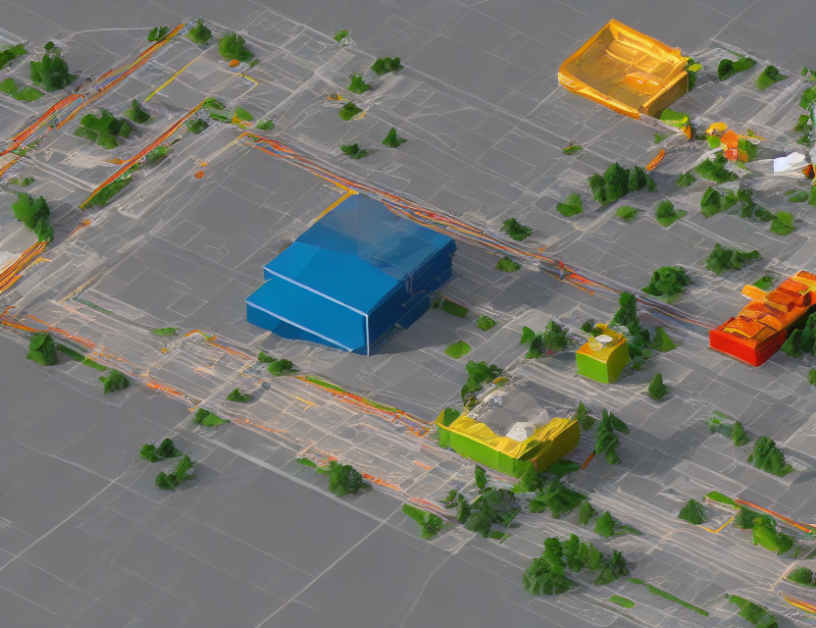The article discusses a new method called CleanAdapt + TS for adapting face recognition models, which shows significant improvements over traditional source-only models. The proposed method is simple and efficient, achieving an average improvement of 7.6% over the source-only model despite being much simpler. This gain is more than what other methods have demonstrated in recent years, with a minimum improvement of 3%.
The article highlights that one of the main challenges in face recognition is adapting models to new environments or domains, which can result in poor performance when the training data does not match the test data. To address this issue, researchers often use source-only models, which rely solely on the source domain data for adaptation. However, these methods can be limited by storage constraints and computational time, as they require transferring large amounts of data between the vendor (source) and client (target).
To overcome these limitations, CleanAdapt + TS introduces a simple yet effective method that reduces computation time without compromising performance. The proposed method combines the strengths of two existing techniques: CleanAdapt and Target-based Synthesis (TS). CleanAdapt is a novel technique that adapts the face recognition model using only the target domain data, while TS uses both source and target domain data to improve adaptation. By combining these techniques, CleanAdapt + TS achieves better performance than either method alone.
The article also discusses the advantages of CleanAdapt + TS, such as its simplicity, efficiency, and ability to handle large-scale datasets. Additionally, the authors provide a detailed analysis of the proposed method’s performance on several benchmark datasets, demonstrating its effectiveness in various scenarios.
In conclusion, the article presents a simple yet effective method for adapting face recognition models, which can significantly improve performance in new environments or domains. By leveraging the strengths of existing techniques and introducing a novel approach, CleanAdapt + TS offers a promising solution for improving face recognition systems in various applications.
Computer Science, Computer Vision and Pattern Recognition
Enhancing Video Recognition via Progressive Self-Training with Noisy Pseudo-Labels



